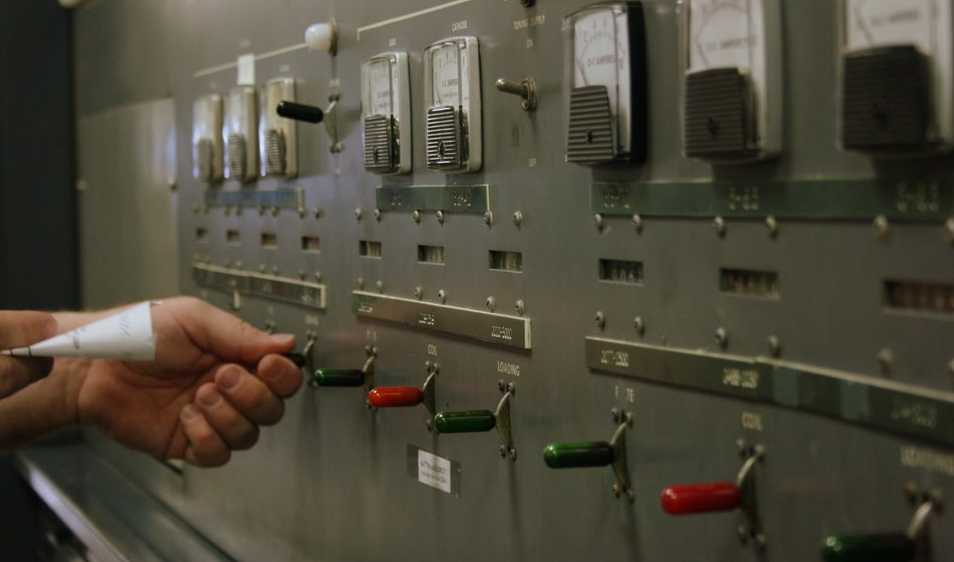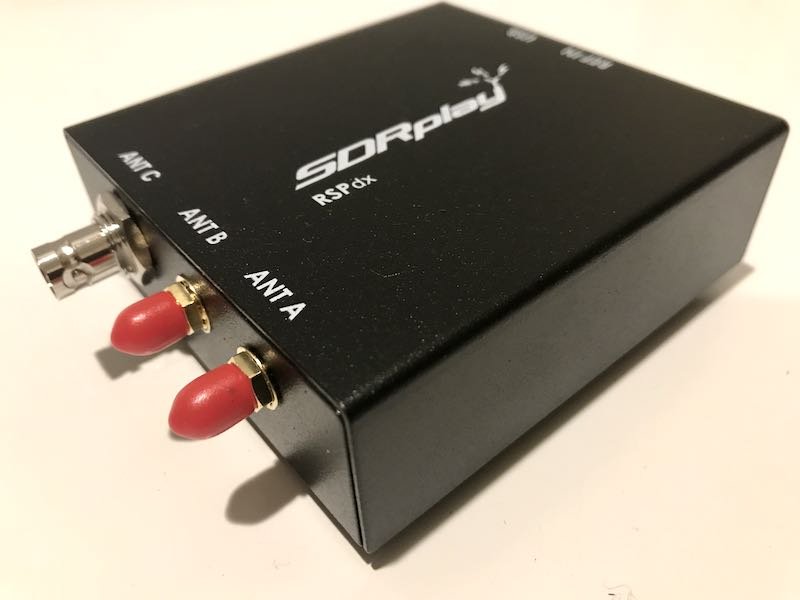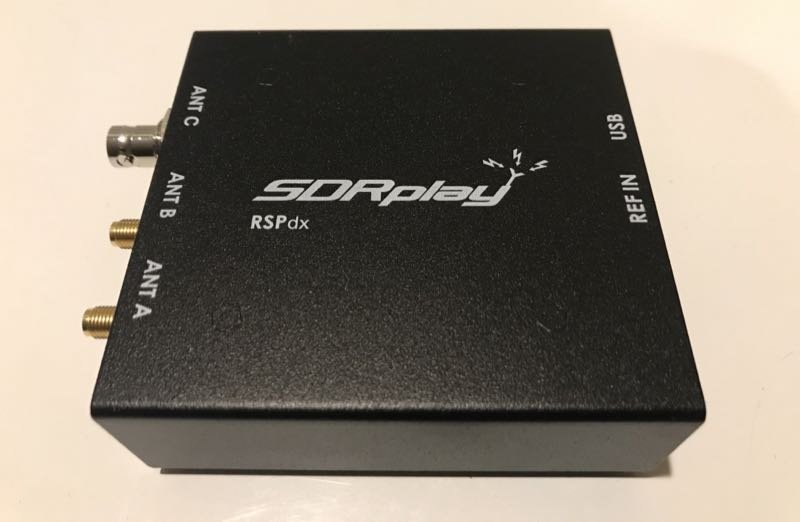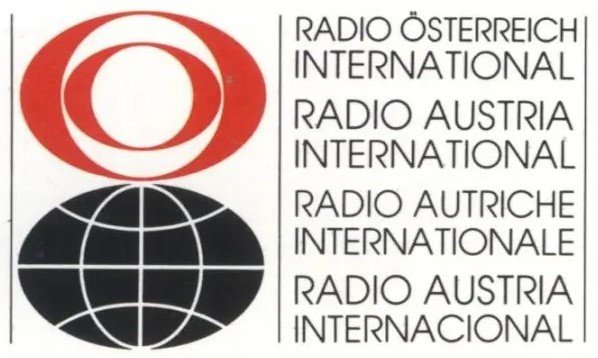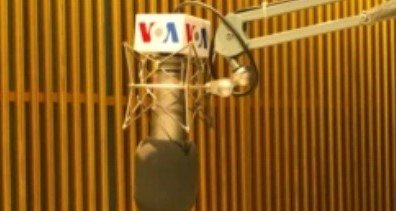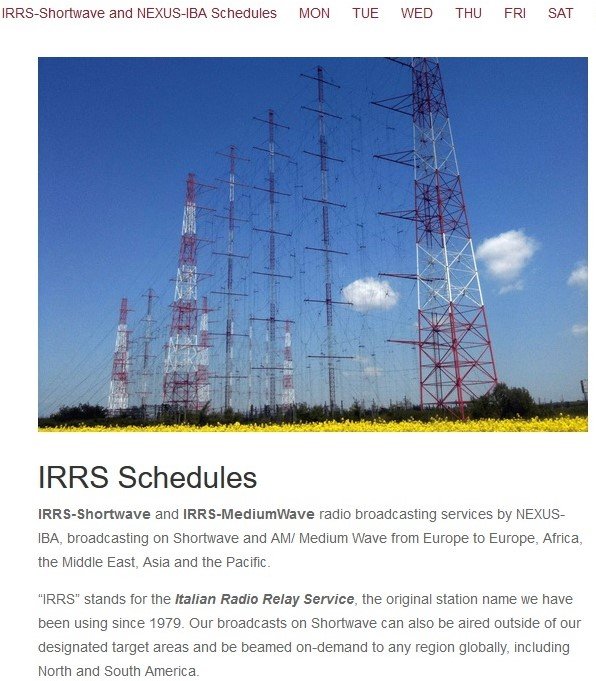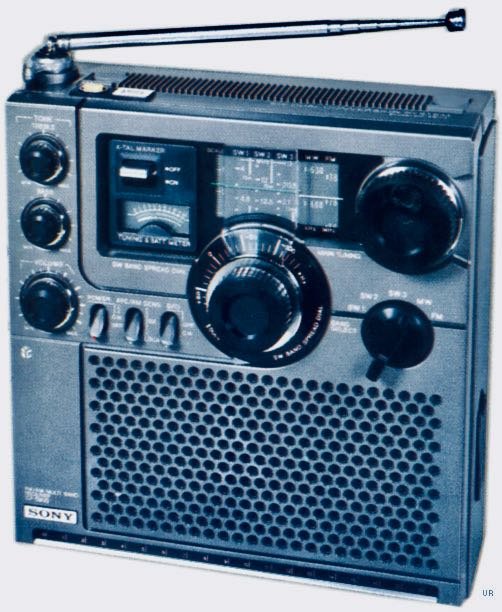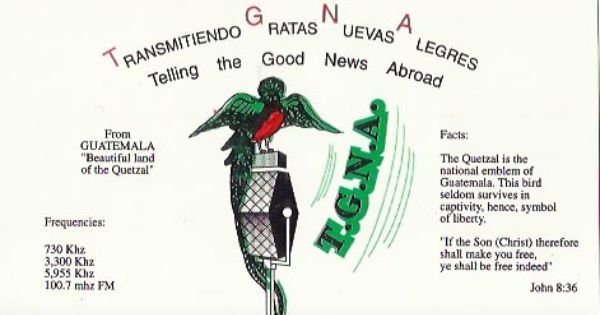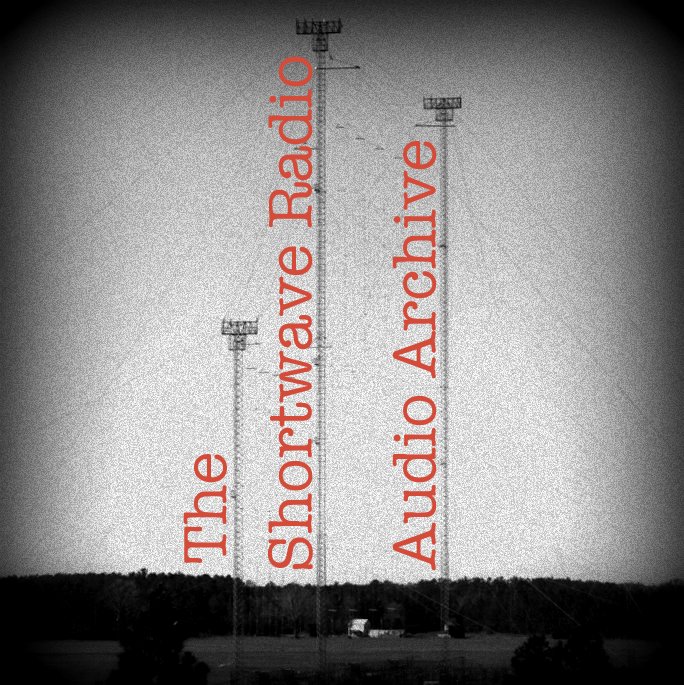Sierra Leone Broadcasting Corporation
/by Dan Robinson
Not as much has been written about the history of broadcasting in Sierra Leone in comparison with other countries in Africa — see Wikipedia for this summary. The SLBC broadcast on shortwave on 3,316 khz, one of those odd frequencies that one remembers. Although the power of the station was 50 kw as of 1978 it was exceedingly difficult to hear, with the best time being in the afternoon/early evening in eastern North America. According to the World Radio TV Handbook of that year, the 250 KW transmitter that had been installed for use as a relay of international broadcasters was designated for 5,980 khz but it’s hard to recall any DX’ers ever reporting that frequency. Normal sign off according to the WRTH was 2335 UTC, a bit later on Saturdays.
This reception occurred in Pennsylvania, where I used a Hammarlund HQ-180/A receiver which had numerous capabilities for dragging difficult DX signals out of the mud due to its fine vernier tuning, notch filter, and multiple crystal filter bandwidths. You can hear “Leaving On a Jet Plane” and some talk by an announcer. There was heavy CW interference on the frequency — the 90 meter band in these days was no picnic and always presented a challenge in hearing the African countries that used it. Sierra Leone verified with an aerograme type letter, similar to verifications received from Voice of Kenya over in eastern Africa.
